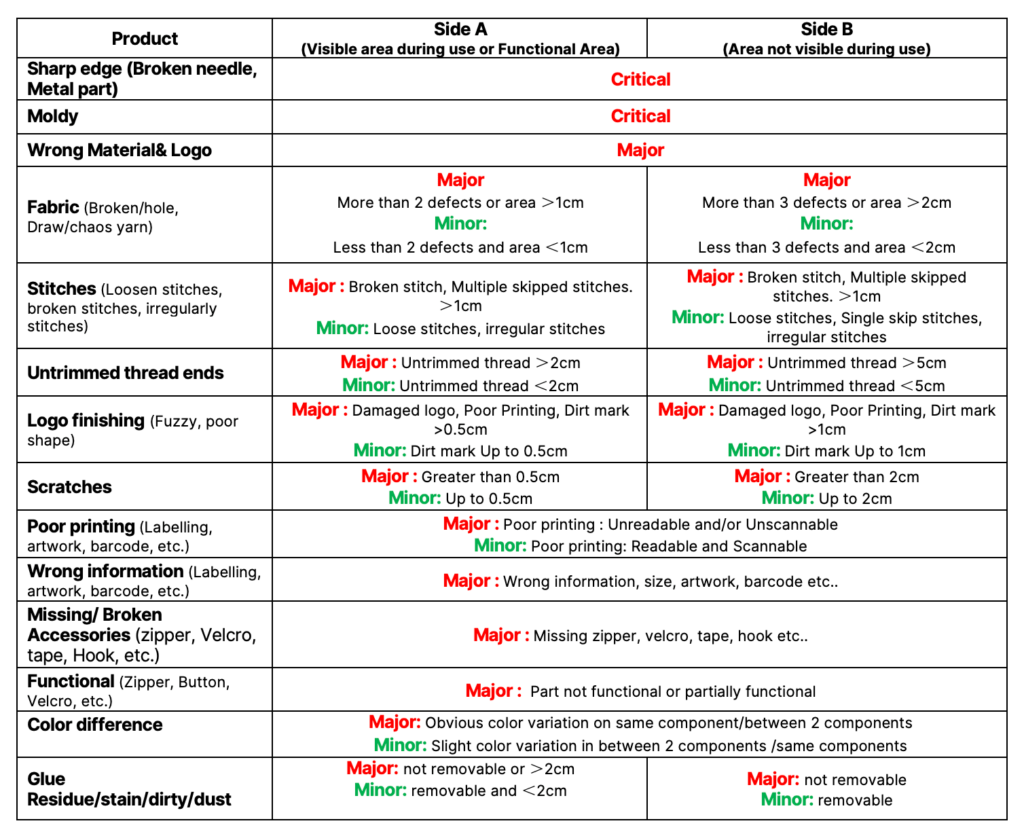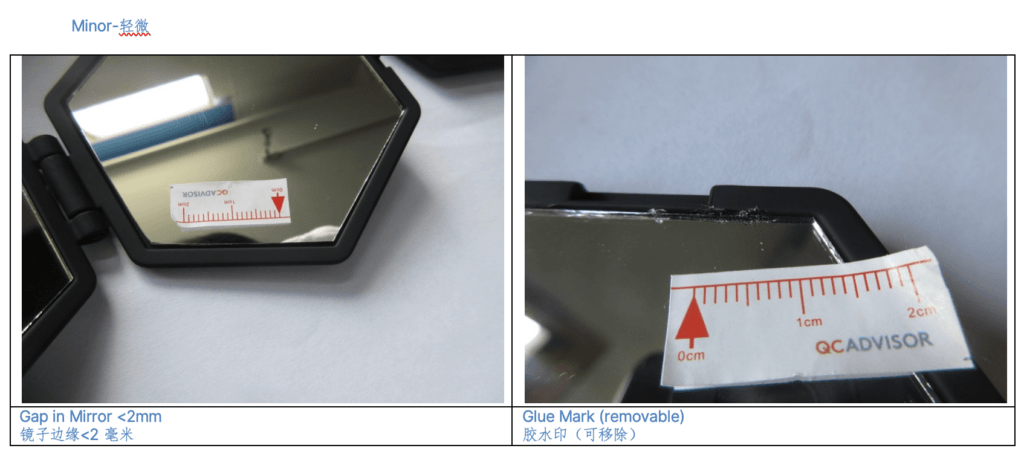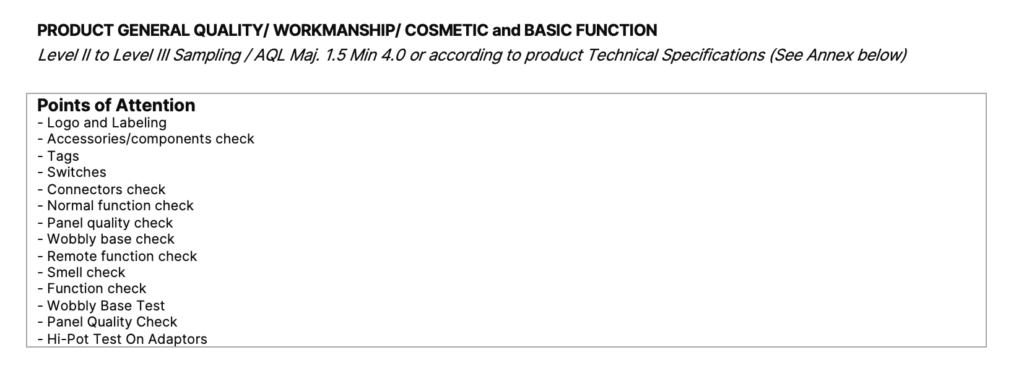Implementing defects library has been an invaluable experience with the companies we have worked with over the years. It embodies a proactive approach to quality control, which has always been my mission: preventing defects before they occur rather than just catching them when it’s too late.
We have seen firsthand how creating a standardized system for classifying defects, along with clear descriptions and visual references, fosters a shared understanding of quality standards. This is particularly important when working with suppliers from different backgrounds, cultures, and languages. This shared understanding empowers suppliers to actively identify, address, and prevent defects.
The impact has been remarkable, not only in terms of improving product quality but also in saving time and resources by significantly reducing reworks. Suppliers armed with a comprehensive defects library are better equipped to align their production processes and quality control efforts with customer expectations.
Communication is crucial, and a well-defined defects library provides a common language for discussing and resolving quality issues. It simplifies communication, leading to faster resolutions and enhanced collaboration between suppliers and customers.
We’ve found that most of the time, the defects library acts as a catalyst for continuous improvement. It encourages suppliers to continuously refine their processes and enhance overall product quality. By providing clear guidelines and standards, the defects library serves as a roadmap for suppliers to consistently meet and exceed customer expectations.
Developing a defects library and ensuring that suppliers fully understand your quality standards is a complex undertaking. It requires careful consideration of various aspects to establish a strong foundation for quality control and collaborative growth.
Here are 10 points you must consider when creating a defects library.
1. Defect Classification
Create a clear system for categorizing defects based on their severity, like minor, major, and critical. Give examples and show pictures to make sure everyone understands.

Defects Classification QCADVISOR
2. Detailed Descriptions
Provide specific descriptions for each defect, including details like measurements and characteristics. For instance, a scratch smaller than 5mm on side A of the product is considered minor, while bigger scratches are major. Clear and simple descriptions reduce confusion and ensure consistent interpretation.
3. Visual References
Use pictures or diagrams to illustrate each type of defect. The images should be big and easy to understand. Visual aids help everyone recognize defects accurately.
4. Acceptance Criteria and Sampling Methods
Set clear criteria for accepting or rejecting products based on defect categories. Define the limits or standards that determine whether a product is acceptable. Also, establish appropriate methods for sampling products, such as sample sizes and random selection techniques, following recognized statistical sampling standards like AQL.

Defects Description
5. Bilingual
If your supplier is in a non-English-speaking country, like China, it’s important to have a defects library in both English and the local language. Similarly, if the workers speak multiple languages, consider having the document in those languages as well. (For example, Indonesian workers in a Taiwan factory).

Acceptance Quality AQL
6. Reporting Format
Specify how defects should be reported, including the format or templates to be used. Consistent reporting makes communication easier.
7. Training and Education
Provide training sessions to educate the supplier’s personnel about your quality standards, defect classification system, and inspection procedures. Offer training materials to support their understanding.
8. Continuous Communication
Keep communication channels open with the supplier. Regularly engage with them to answer questions, provide clarifications, and share updates about the defects library and quality standards.
9. Supplier Feedback
Encourage the supplier to give feedback and suggestions on the defects library. This collaborative approach promotes understanding, identifies areas for improvement, and enhances the defect management process.
10. Regular Audits and Assessments
Conduct regular audits or assessments to check if the supplier follows the defects library and your quality standards. This ensures ongoing compliance and provides opportunities for improvement.
Considering these aspects, you can create a comprehensive defects library and ensure the supplier understands your quality standards effectively. Open communication, clear guidelines, and ongoing collaboration will contribute to a successful partnership focused on delivering high-quality products.
Need guidance and support in establishing a comprehensive defects library for your quality control processes?
Start your quality control journey with confidence – reach out to us today! Contact Sales – QCADVISOR
Follow us on Linkedin




